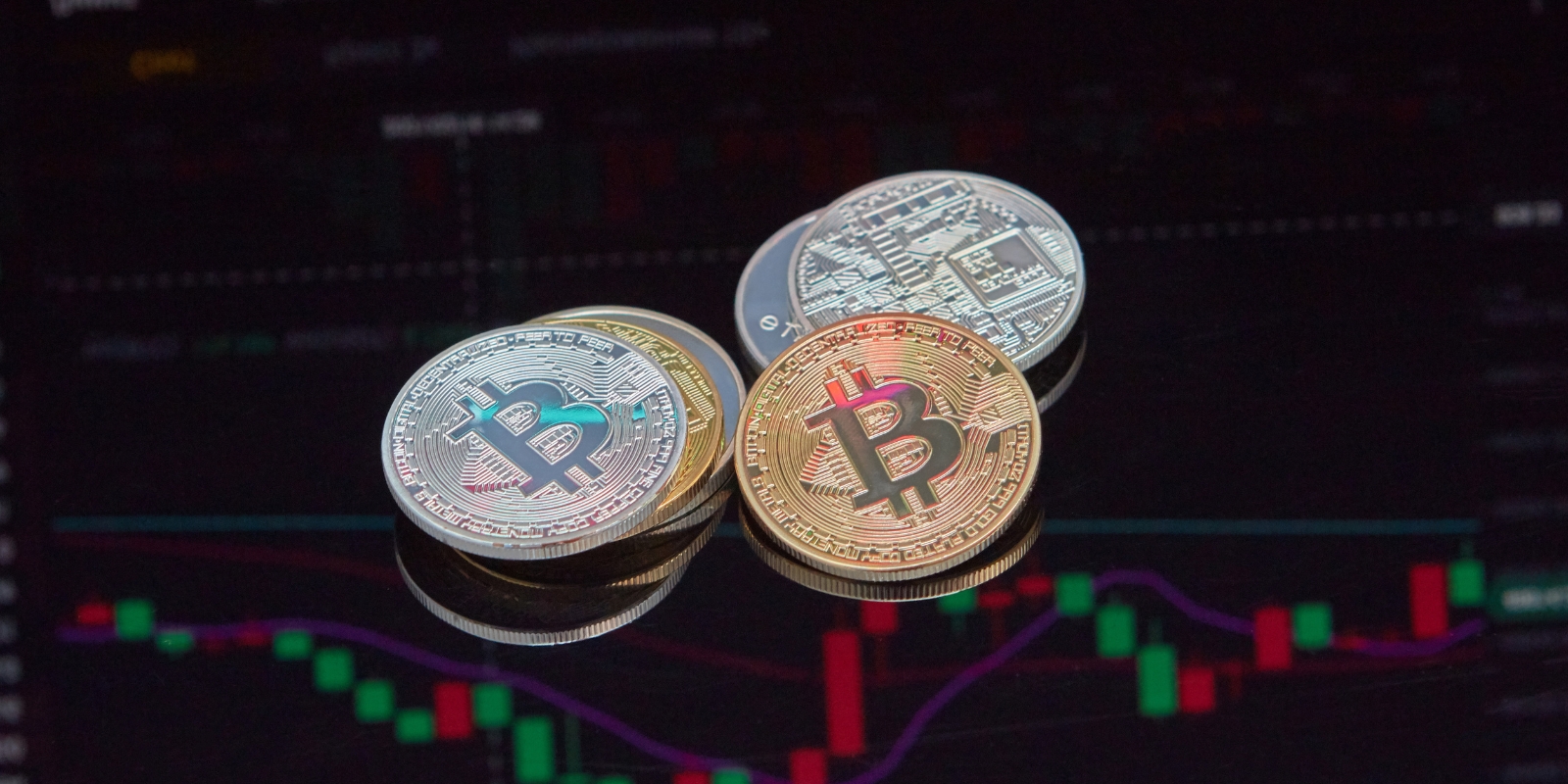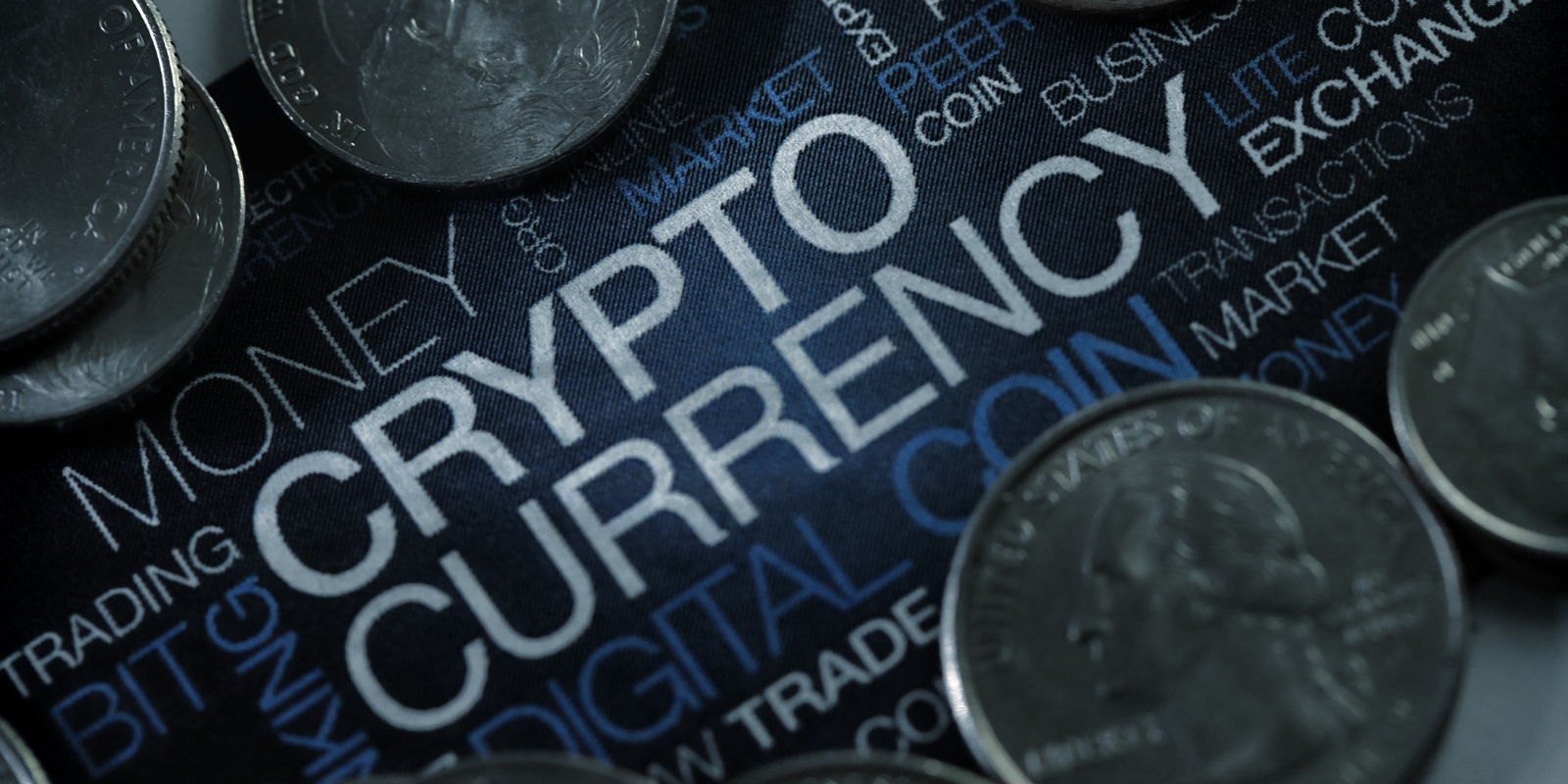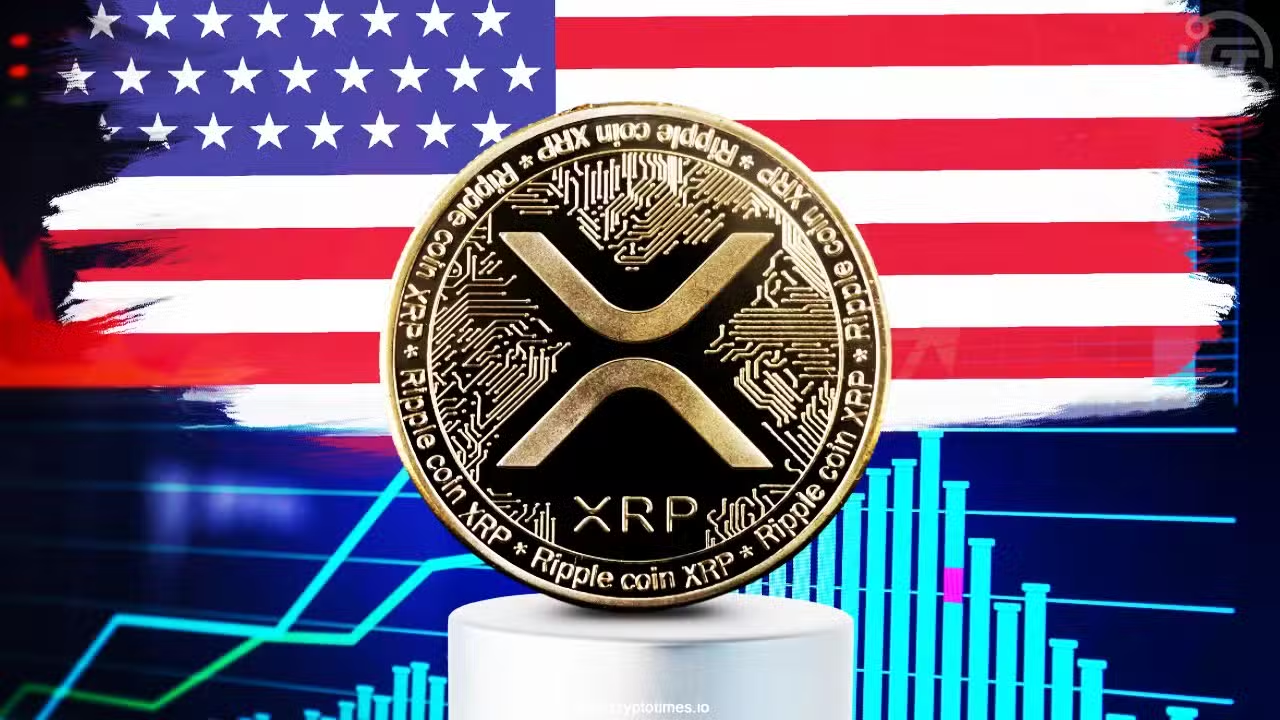Fear always causes destruction in the market, whether it’s a stock or cryptocurrency market. When fears rise market witnesses panic selling, big investors sell off, and the market draws down like a falling knife.

At this moment, the U.S. economy is at a turning point due to growing government debt, concerns about a CPI surge, and the Federal Reserve keeping interest rates high. As a result, investors and policymakers are concerned about the possibility of U.S. recession.
A range of economic problems in the United States is making the economy appear more unstable. Elon Musk recently warned that President Trump’s tariff policy could lead to a recession by late 2025 has greatly affected financial markets, as Tesla’s stock fell by more than 14% and lost nearly $150 billion in value.


Moreover, the national debt of the United States has gone up to more than $34 trillion by 2025. Economists and business leaders, including Elon Musk, are sounding the alarm over this huge debt.
In addition, the economic information backs up these worries. It is expected that the CPI for May will be 0.2%, just as it was in April. The CPI is predicted to rise by 2.4% when compared to the previous year’s 2.3% increase. In May, the Core CPI (without food and energy) is likely to rise to 0.3% from the previous 0.2%, according to MarketWatch data.
Analysts expect the Core CPI to rise by 2.9% in comparison to the earlier 2.8%. Experts are expecting inflation to go up a little, while the budget deficit is expected to decrease a bit. Besides, there are worries about the Fed’s unwillingness to lower interest rates.
At the same time, the job market is experiencing pressure. The number of jobs added in the US dropped to 130,000 in May from 177,000 in April, as businesses are concerned about Trump’s economic plans, such as imposing many tariffs and tightening immigration policies. The figures show that the number of jobs added by employers in America this year has fallen to an average of 144,000 a month, much lower than in previous years.


The disagreement between Elon Musk and President Trump has caused the economy to become even more unpredictable. Musk’s comment about Trump’s “Big and Beautiful Bill” and his statement that he will be around for decades after Trump’s presidency could cause uncertainty in the business world and in the market.
Even during this economic uncertainty, some crypto supporters are saying that XRP, the digital asset launched by Ripple, could be a real game-changer. Is it possible that XRP can fix the current issues, or is this only wishful thinking? We should analyze the facts, the forecasts, and the possible outcomes for the future.
Can XRP Come to the Rescue Amid U.S. Recession?
Ripple’s XRP is created to enable quick and inexpensive transactions between countries. It serves the official cryptocurrency of the RippleNet payments network, which tries to link banks, payment providers, and corporations globally. RippleNet is valuable because it lets you settle international transactions very fast and at a much lower price than using SWIFT.
In addition, current developments have made XRP more important in the financial sector. Ripple has introduced its stablecoin, RLUSD, to its cross-border payments system, Ripple Payments, which gives the company more tools for international transactions.

Still, the idea that XRP can stop a US recession by itself should be studied closely. A recession happens because of several factors like how consumers spend, how businesses invest, decisions made by governments, and how the world trades. Not one asset class, whether digital or not, can overcome these basic economic forces.
The fact that regulations surrounding XRP are not yet clear in important markets like the United States is still a big challenge for its wider use. Due to regulations, Ripple does not rely on XRP for U.S. liquidity solution transactions, so it does not have a big effect on the American financial system right away.

Also, since cryptocurrencies are highly volatile, people continue to question if they can be used to stabilize the economy. Although XRP is good for international payments, its price changes mean it cannot be trusted as a safe place to store value when the economy is uncertain. Moreover, even the XRP price could crash in times of a recession as stock and crypto markets typically react negatively in such cases.
How XRP Can Support the Economy
Although there are some drawbacks, XRP could play a positive role in strengthening the economy. XRP makes it possible for funds to move quickly across borders, which may improve liquidity and cut down on obstacles in international trade. It could be especially useful since Trump’s tariff policies are changing how trade is usually done.
XRP could help businesses trading internationally to save money by removing the need for intermediaries, which may help them deal with the extra costs caused by higher tariffs.

Since XRP’s transaction fee is low, it could help small and medium businesses take part in international commerce. If the US dollar becomes a challenge for international trade, XRP can be used as a stable currency to keep trade going during times of currency instability.
Final Thoughts
The nation is dealing with economic problems such as rising debt, inflation that won’t go away, and fewer jobs being created. Although XRP introduces new ideas to international payments, it cannot stop a recession. Economic stability can be achieved if policymakers, central banks, and the private sector cooperate.
It is obvious that, as the world’s financial system grows, digital assets such as XRP will help improve the way money is used and make international business more accessible and affordable. Although XRP is not the main fighter against economic uncertainty, it could still play a useful role.










